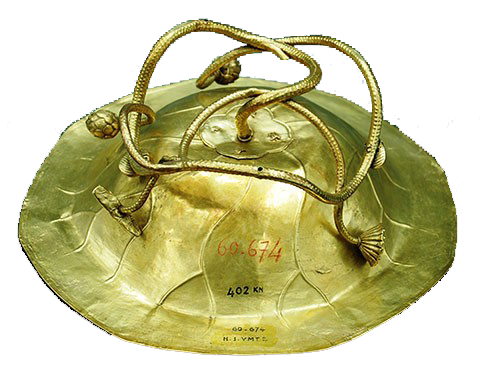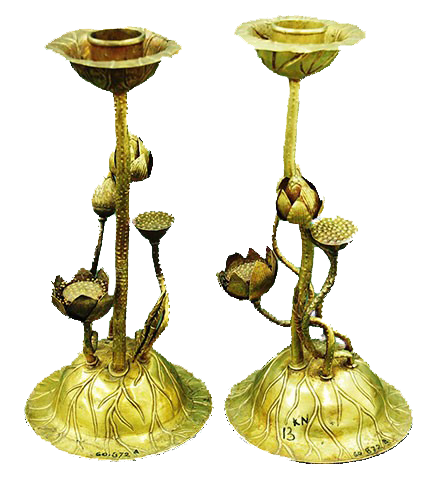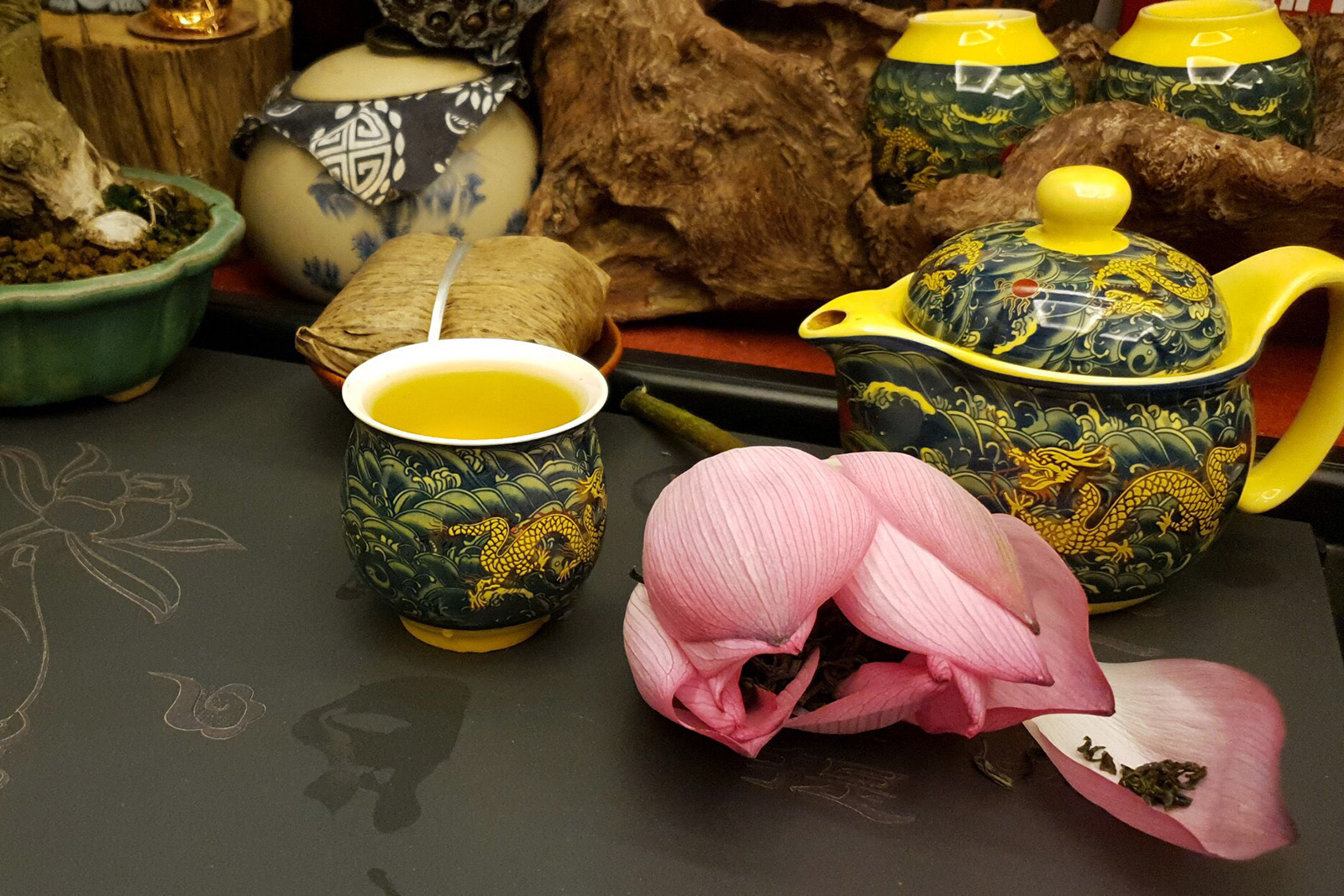Lotus Blossom
The Soul of the Vietnamese Culture
Lotus flowers play an important role and special position in both Vietnamese spirit and culture. By contemplating lotus blossoming, we can see and recognise images of Vietnamese people.
The lotus stands for beauty in Vietnam. It reaches through the mud and grime to show off its colour and shape to the world. These blossoms have long been linked to Buddhism, nobility, and pure thoughts.
Vietnamese people have considered the lotus as a symbol of beauty overcoming darkness. Lotus is known as an exquisite flower, symbolizes the purity, serenity, commitment and optimism of the future as it is the flower which grows in muddy water and rises above the surface to bloom with remarkable beauty.
An old chant states:
“No other species in the lake can rival lotuses
Green leaves, white blossoms and yellow pistils
Yellow pistils, white blossoms and green leaves
Never tarnished by the dirty mud nearby.”
Every traditional village in Vietnam boasts a bamboo hedge, a banyan tree, and a lotus pond. In Vietnam, pink lotus blooms are symbolise romantic love, as shown in this verse:
“Yesterday I swept water by the temple
Forgetting my shirt on a lotus
May you return it to me?
Or will you keep it as a love token?
Such is the Vietnamese love for the lotus that it was voted as the country’s national flower — for which one of the criteria was that it “must be ubiquitous around Vietnam”, and it would be hard to travel through Vietnam during lotus season without coming across a pond or lake filled with them.
Lotus flowers can be many different colours, and each carries its own meaning. White represents purity, while pink shows a devotion to Buddha. Blue, with its wisdom and logic, represents enlightenment. Purple shows spirituality, and green is the colour of rebirth.
As well as being beautiful to look at, and having a wonderful fragrance, lotus flowers have other uses: the young stems are used in salads, the stamens can be dried and made into a herbal tea and the lotus seeds are eaten raw, dried or boiled.
In particular, the lotus has been a symbol for the Buddhist art since Ly dynasty. It was decorated on the pagoda's column base of the Ly dynasty. For example, it was embossed on the base of the Buddha statue in Phat Tich Pagoda, the oldest stone Buddha statue in Vietnam. It was also featured on the ceramic pot, bowl and situlae... celadon, white and brown glazed.
The legend of the One Pillar Pagoda (Chua Mot Cot) told that on a spring night of the year 1049, King Ly Thai Tong dreamed of Bodhisattva who took him to the lotus pedestal. Then he ordered a pagoda to build by erecting a pillar in the middle of a lotus pond with a lotus pedestal to hold the Bodhisattva, similar to the one he saw in the dream. From far away it looked like a giant lotus flower rising out of the pond with the pillar as its stem.

Lotus in traditional fine arts
In Vietnamese fine arts, the lotus can be seen in many types of materials and types of antiquities. On Thanh Mai bronze bell that was casted in 789 and is now being preserved in Hanoi Museum, bands of lotus were carved on the shoulder and around the bell’s knob.
In the collection of Hue Royal art in the Vietnam National Museum of History, there are many objects with the subject of the lotus flower or lotus leaf, in bronze and silver. For example, the betel trays, betel box, face washing basin, candle holder, wine pot... were all used in the Nguyen Royal Family.

A box for keeping the betel and areca nut was made in gold and had a same design as the above one. It is 14cm height, 10cm diameter


A washing basin was made in gold and in the shape of a lotus leaf. Its leg was designed as the lotus stem. It is 11,5cm height, 29,9cm diameter and 760gr weight.

A pair of candle stands was made of gold, 25cm height. The base was designed as an upturned lotus leaf. The body consists of a lotus flower, but and seed pod. The candle holding part was designed as a lotus leaf.

Lotus - the essence of Vietnamese cuisine
Rarely is any plant used to make as many delicious dishes as the lotus. All parts of a lotus plant, including the flower, seeds, stem, root and heart, can be utilised to cook and decorate special food. The dishes made with lotus have distinctive flavours, adding to the diversification in Vietnamese cuisine.
In addition to nutritional value, dishes made from lotus also have pharmacological, aesthetic, and cultural values. All parts of the lotus contain many vitamins and minerals, which are good for health, and are capable of supporting treatment for diseases. Being processed into dishes or used for decoration, lotus can create extremely delicate aesthetic effects.
Typical lotus dishes

Com sen (Lotus rice) is an indispensable dish when it comes to culinary culture with lotus. The sweet and cool taste of lotus seeds and leaves is absorbed into each grain of rice, creating fragrant and nutritious rice.
Che hat sen (lotus seed sweet soup) is also a common type of dessert. The main ingredient is dried lotus seeds that are cooked in sugar water. The sweet soup can be made even more delicious by mixing lotus seeds with other ingredients, such as longan, mung beans, grass jelly and boba tapioca pearls.

Lotus is also cooked as a kind of vegetable for soups and salad. For example, sour soups and salad with lotus stem are very popular on hot days. Several parts of the lotus, including the stems and roots, are also used in stir-fried dishes with different colours and flavours. Lotus stems can easily be stir-fried, combining well with other foods such as shrimp, pork and chicken.

Tra sen (lotus tea) is a special and sophisticated drink, especially in Hanoi and Hue. According to artisan Nguyen Thi Dan, who has had a strong attachment to the craft of making lotus tea in Hanoi for over 70 years, the flowers must be picked before dawn and then the petals, stamen and pistil are separated to retain their flavours.
A kilo of tea needs 1000-1200 lotus flowers. A special marinating process is required before being dried, with flowers and then marinated five to seven times in order to let the lotus taste soak into the tea. Lotus heart tea is also a popular choice of tea for its medical properties.
Watch the video below to see how lotus tea is made

Unique lotus silk
From the fragile silk thread and extraordinary craft manipulation, lotus silk has become a unique product in the fashion market. Currently, in Vietnam, there is only one successful person who was engaged herself in pursuit of the "unique" product line. She is artisan Phan Thi Thuan from Ha village, Phung Xa commune, My Duc district, Hanoi.

Photo: NDO/Tran Hai
Along with normal silk, several craftsmen in the commune were trained in the making silk lotus method by artisan Thuan. The lotus stalks should be processed within 24 hours, because if the stalk is dry, the silk will be completely ruined.
On average, a worker draws a silk thread from roughly 260 lotus stalks, collecting about 170 metres of silk thread. A lotus stalk contains about 30 tiny threads. It is necessary to have 1,200 lotus stalks to weave almost 10,000 metres of yarn. In order to weave one meter of silk, about 15,000 lotus stems are required. All of the steps are implemented entirely by hand.

Photo: NDO/Khieu Minh
Each lotus thread is 10 times smaller than the strand of hair. As a result, the step of drawing silk thread is important, requiring meticulous and skillful workmanship.
Unlike normal silk, which can be exposed to the sun, lotus silk is only exposed in the shade, in an airy place so it does not lose its characteristic scent and the silk cord does not dry out when weaving silk.
Not only soft, smooth, cool, and as light as normal silk, lotus silk also has the advantage of being spongy. Silk is usually ivory white, because the artisans use limited dye (including natural colour). It is environmentally friendly, having a mild aroma of the lotus characteristics, made entirely by manual methods, consuming time and effort.

Photo: NDO/Khieu Minh
As a result, the lotus silk is very expensive. The price of a scarf, with a length of 1.7 metres and a width of 20 centimetres, is not less than VND5 million. Throughout the world, only Myanmar, Cambodia and Vietnam produce the high-ranking silk line.

